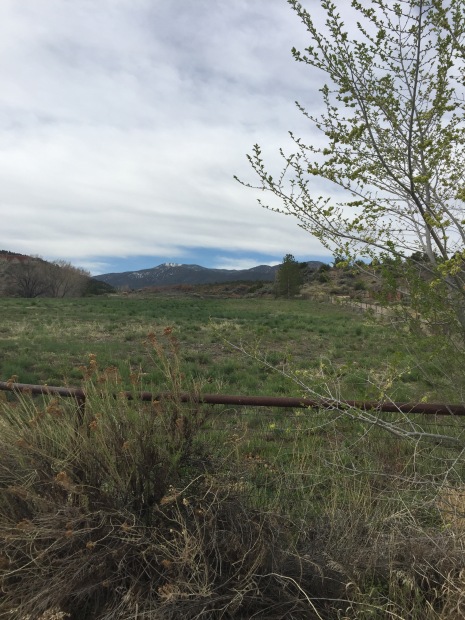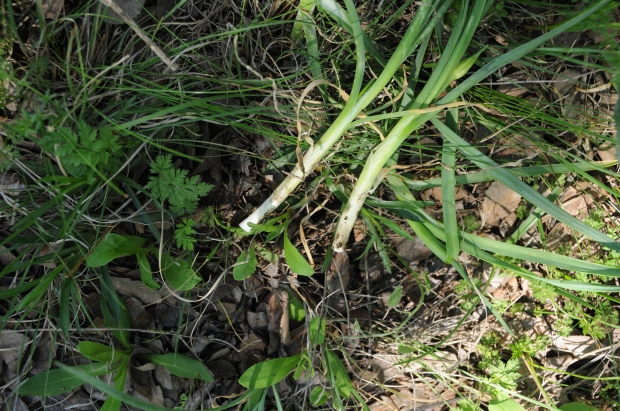
Three thousand acres of old-growth prairie is at the backdoor of Fort Worth near Lake Benbrook.
I put the last acres of Flying Hat Ranch up for sale last week. The location for 29.15 acres is 38295 N SH 108, Mingus, TX. The posts of Sage to Meadow since 2009 have been centered on that ranchito, which had started out at fifty-three acres. Ranch Realty Pro, the broker being J. Bryan Davis, of Stephenville is handling the sale the land.
Yes, I am sad, even grieving, that we had to sell. But the traffic to and from Fort Worth on Interstate 20 has become risky, even dangerous. (From my home in Fort Worth to the Far Field is seventy-two miles.)
So this morning, I searched for public places near me that I could go out and trek and commune with nature. I found just a few miles away, the Fort Worth Prairie Park that is under the purview of the Great Plains Restoration Council.
3,000 acres of old-growth prairie
I never knew the prairie was so close, so protected from development.
I took my Nikon camera and hiked three-quarters of mile into the prairie. I could see the flags of Fort Worth development and hear the planes overhead, but no matter, I wandered with the prairie and found wild onion and spring blossoms. I came across an old campsite (historic) that had not been used for several years. Here are some of the photos of my afternoon.
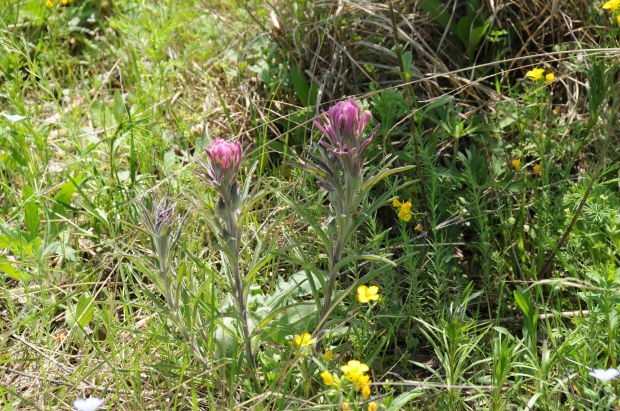

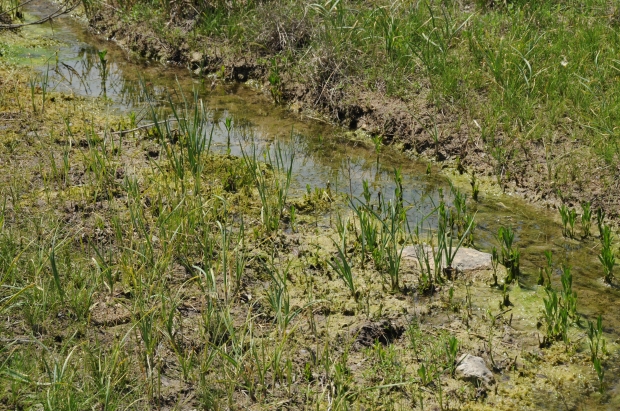


I will go back to the prairie. The link to the Fort Worth Prairie Park site and Great Plains Restoration Council is https://gprc.org/our-work/fort-worth-prairie-park/.
I am connected to all things. There is no “other.”
All photographs by Jack Matthews.

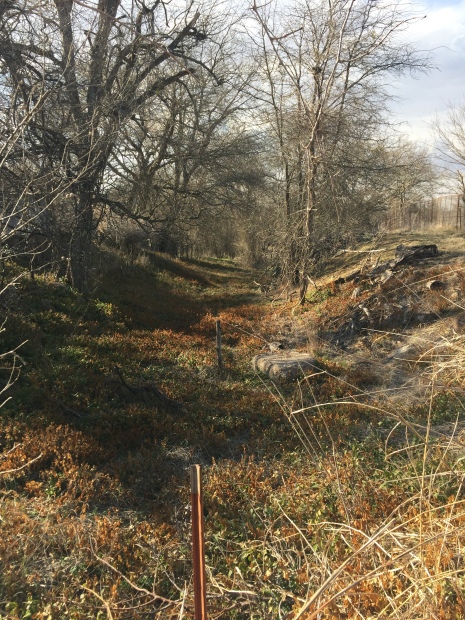


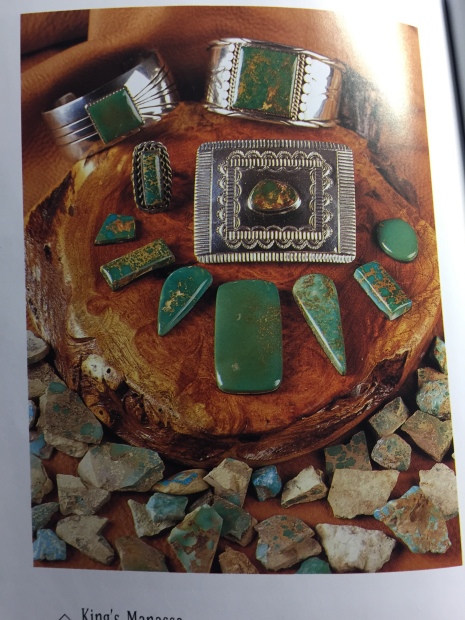
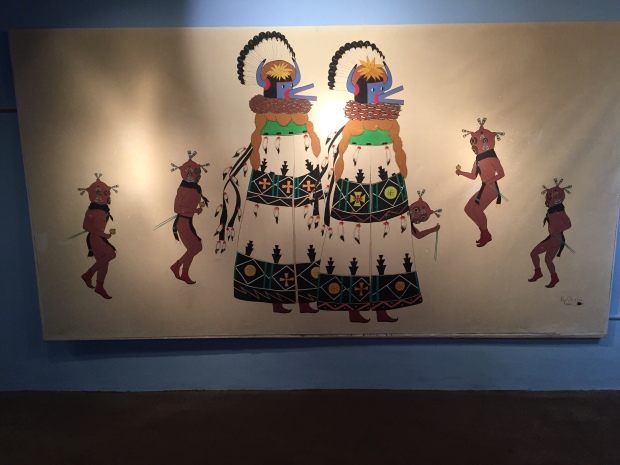
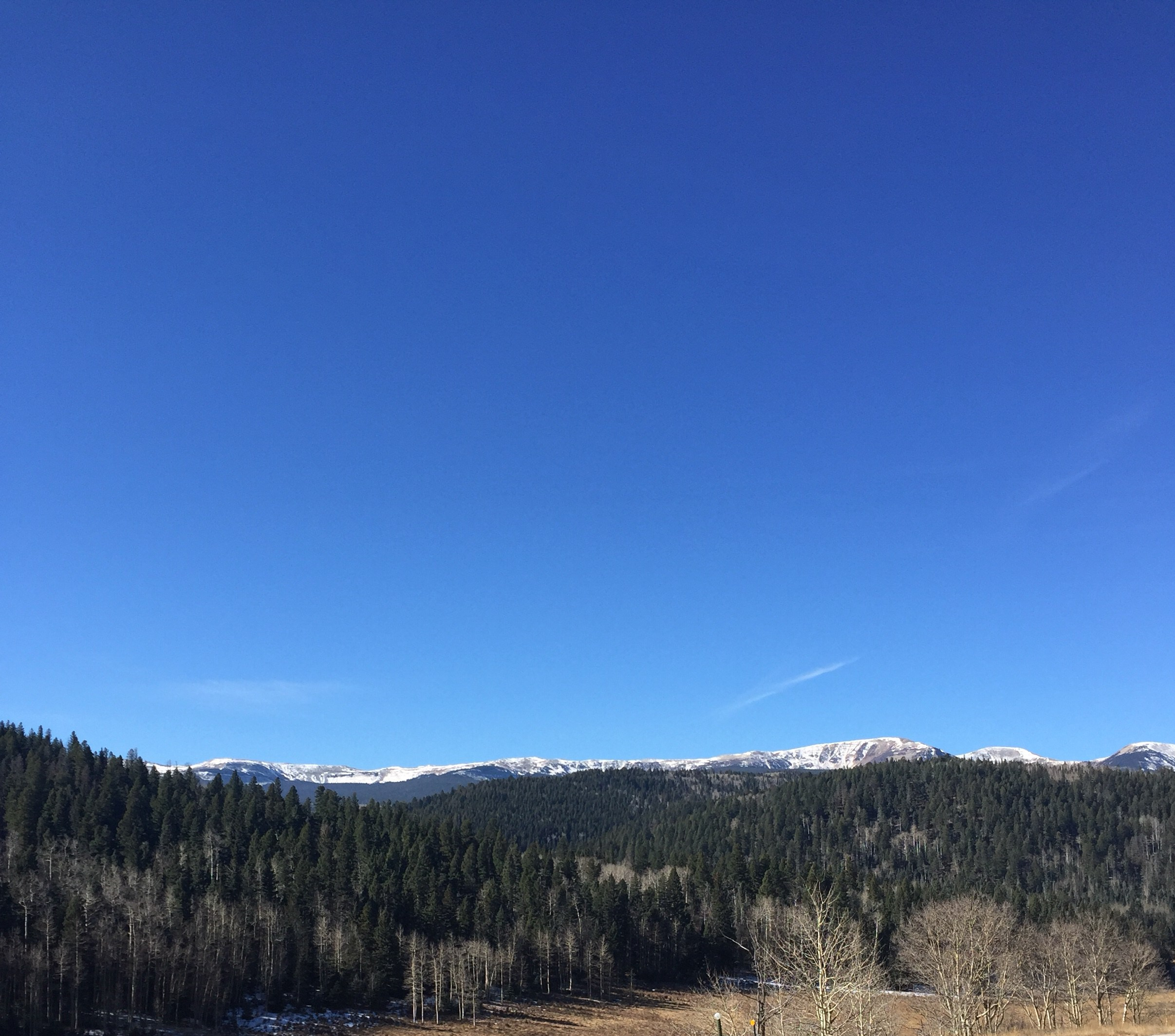

 I am almost, but not completely, compelled to camp next to this chokecherry (?) tree in my front yard to watch the birds (juncos, etc.) strip the tree and come back time and time again.
I am almost, but not completely, compelled to camp next to this chokecherry (?) tree in my front yard to watch the birds (juncos, etc.) strip the tree and come back time and time again.